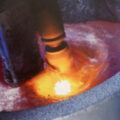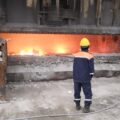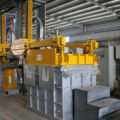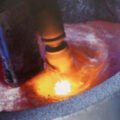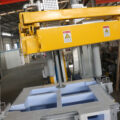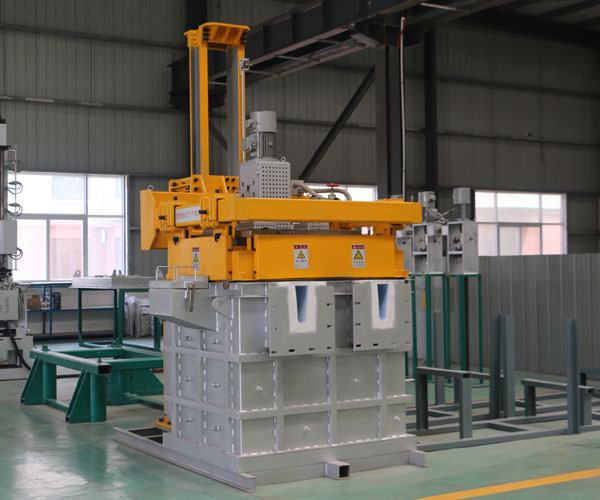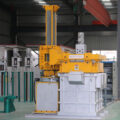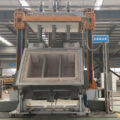As the demand for high-quality aluminum products increases, especially in the aerospace industry, the need to reduce inclusions in molded products has also increased. A popular degassing method involves introducing nitrogen gas into liquid aluminum. Because nitrogen is used as the refining medium, it will not pollute the environment. Hydrogen is attracted by nitrogen bubbles, then absorbed by aluminum and released to the surface.
Aluminum and aluminum alloy melts contain large amounts of hydrogen, metal, and non-metallic inclusions. If the above harmful substances cannot be removed in time before casting, casting defects such as pores, inclusions and looseness will be formed inside and inside the casting, which will seriously affect the physical, chemical, mechanical and deep processing properties of the casting, and a large amount of waste products.
The liquid aluminum degassing device for casting can greatly improve the quality and output of aluminum products, thereby increasing the profitability of aluminum melting and casting plants.
Rotary Degassing Device
- The rotating impeller works by increasing the surface area of the inert gas introduced into the metal.
- The smaller nitrogen bubbles produced by the impeller process have a larger total surface area and collect more hydrogen.
- The lower surface disturbance of the smaller bubbles also allows less hydrogen to be recaptured into the metal from atmospheric moisture.
- The aluminum degassing process in the casting process is to remove inert gases (argon, nitrogen) through the rotating shaft and rotor.
- The energy of the rotating shaft results in the formation of a large number of small bubbles, thereby providing a very high surface area to volume ratio.
- The large surface area promotes the rapid and effective diffusion of hydrogen into the bubbles, so that the hydrogen activity in the liquid and gas phases is equal.
- Compared with flux degassing, the rotary degasser can remove hydrogen more thoroughly.




